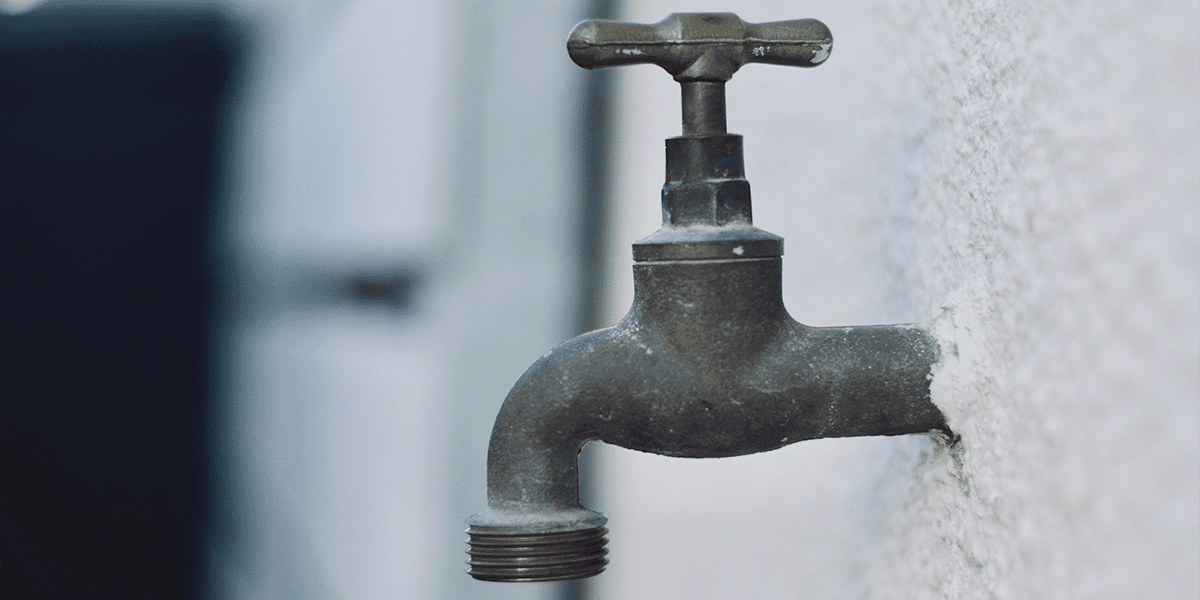During the latest round of testing for the Town of Frisco’s Lead and Copper Monitoring Program, lead levels tested in exceedance of the maximum allowable limits, as six homes/buildings out of 40 homes/buildings tested in Frisco were found to have lead levels in exceedance of 15 parts per billion (ppb).
Testing of all four of Frisco’s water sources indicated that all four sources have lead levels registering at below detectable levels (BDL). This means that elevated lead levels are not coming from Frisco’s water at the source, and instead, this indicates that elevated lead levels in those six homes/buildings are most likely coming from the corrosion of older household plumbing materials and/or fixtures containing lead.
The Town of Frisco found lead levels in homes in exceedance of the maximum allowable limit during two previous testing cycles, once in early 2019 and once again in early 2020. While results were not in exceedance during other six-month testing periods, the 2020 results required the Town of Frisco Water division to begin the process of installing new pH adjustment systems at all four water sources.
Maximum Allowable Levels of Lead in Drinking Water
In 1991, the maximum allowable lead levels in drinking water went from 50 parts per billion (ppb) to 15 (ppb), measured at the tap. One part per billion equals 1 microgram per liter and is akin to one grain of sand in a child’s sandbox or one second in 32 years.
Testing Guidelines
As of 2018 in a water service area of Frisco’s size, 40 homes/buildings must be tested every six months, as opposed to the previous requirement to test in 10 homes/buildings every three years.
In 1991, the Environmental Protection Agency determined that water should be checked in homes/buildings, rather than at the source water location, because the presence of lead in water typically comes from the corrosion of household plumbing materials. Lead solder was used in household plumbing until 1987, so regulations require that homes/buildings constructed between 1982 and 1988 should be used as sample sites. Frisco’s water main lines are made of ductile iron, and all service lines from the main line to individual homes are copper or galvanized.
Most home/building homeowners or residents collect their own samples to provide to water suppliers, after receiving sampling instructions. Instructions include that samples must be cold water and come from an inside faucet that is used regularly for drinking water, but that has not been used in the previous six hours at a minimum. The faucets, where samples are collected, also may not be connected to any type of personal water treatment source.
Health Impacts of Lead
High levels of lead in drinking water can cause health effects if the lead in the water enters the bloodstream and causes an elevated blood lead level. Lead builds up in the body over time, so ongoing exposure, even at low levels, may eventually cause health effects. Infants and children are particularly susceptible to the health effects of lead because their bodies absorb lead at higher rates than the average adult does. Exposure to lead can result in:
- Delays in children’s physical or mental development
- Decreased IQ in children
- Kidney problems
- High blood pressure in adults
- Lower birth weight infants
Strategies to Reduce Exposure to Lead in Water
- It is recommended that water users run their water to flush out lead. If the tap has not been used for several hours, cold water should be run until the temperature is noticeably colder. This flushes lead-containing water from the pipes. To conserve water, remember to catch the flushed tap water for plants or some other household use (e.g. cleaning).
- Cold water only should be used for drinking, cooking and preparing baby formula.
- Boiling water will not remove lead.
- A faucet’s strainer/aerator should periodically be removed and cleaned, and while removed, water should remain running to remove debris.
- Water users can test a home’s water for lead, and a list of certified laboratories is provided at gov/cdphe/dwlabs.
Next Steps
- All those who submitted water samples from their homes/buildings were informed of the test results for their specific sites within thirty days of receiving the results.
- Water samples are currently being collected for re-testing from all forty homes/buildings. Homeowners/residents typically collect samples themselves, and sample collection scheduling is frequently impeded by the prevalence of second homes and the individual schedules of residents. Frisco has six months to do all re-testing.
- Town of Frisco water division is currently in the process of installing pH adjustment systems at each of Frisco’s four water sources to slightly increase the pH of the water, to cause the water to be in a more neutral state, and hence, to prevent the lead and copper from dissolving into the water when in contact with fixtures and/or pipes in individual homes/buildings.
- The Town is doing public outreach and education to all water users, including parents of children attending daycares and schools in Frisco, healthcare facilities, and all residents, in order to ensure that awareness of testing outcomes and next steps are well publicized and understood.
- The Town continues to offer the Start at the Tap fixture rebate program, implemented in July 2019, to encourage homeowners to replace old fixtures in Frisco homes and buildings with WaterSense approved fixtures, which are more efficient and lead free. More information at FriscoWater.com.
More Information for water customers
- Visit FriscoWater.com
- Call or email Ryan Thompson, Water Foreman- 970-668-9156 and RyanT@TownofFrisco.com.
- For more information on reducing lead exposure around your home/building and the health effects of lead, visit EPA’s website at epa.gov/lead.

